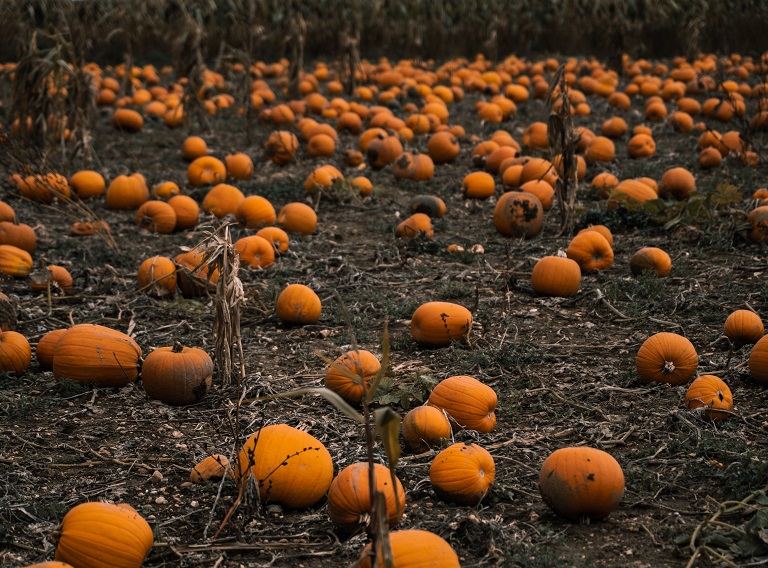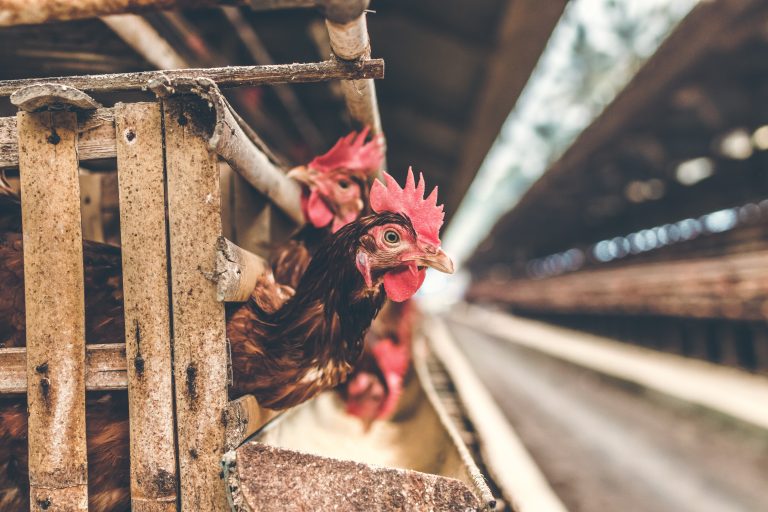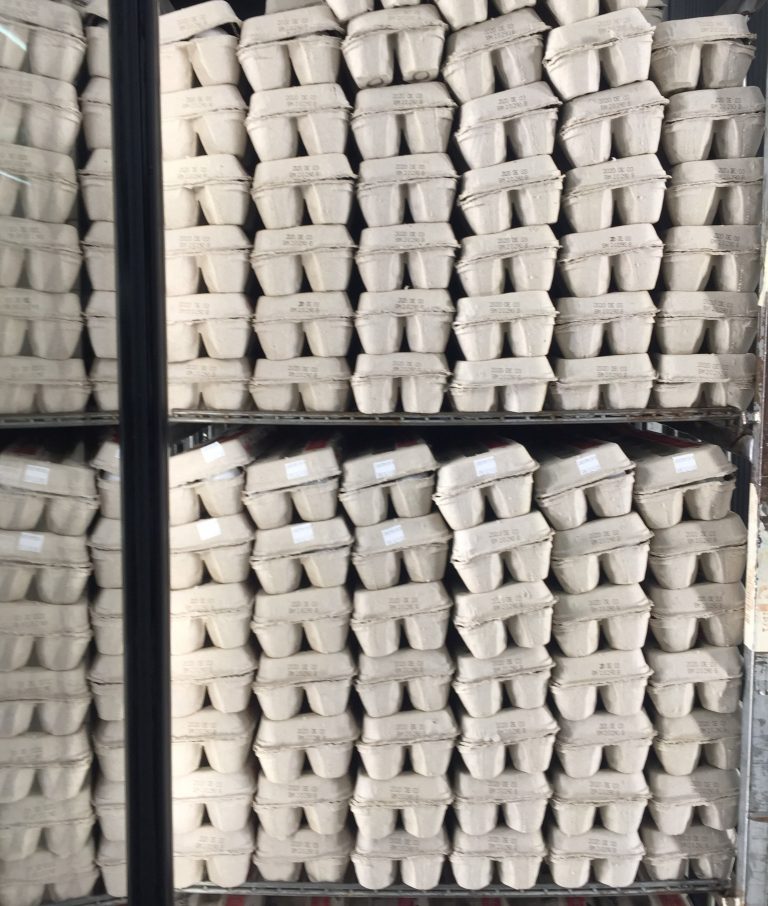Pumpkin Spice in Everything

Every September we begin to see the signs that the fall season is on the horizon. The temperature starts to cool, the leaves start changing colors, and Starbucks begins selling Pumpkin Spice Lattes. As a common fall harvest vegetable, pumpkins have always been associated with autumnal holidays, most notably as Jack-o-lanterns and pumpkin pies. However, in recent years the pumpkin has experienced a surge in prominence and can now be seen all season long in a wide range of products.
Since its launch in 2003, it was reported that Starbucks has sold over 350 million Pumpkin Spice Lattes, earning the company an estimated $1.4 billion in revenues to date. Of course, this success did not go unnoticed by Starbucks’ competitors. Today you can get Pumpkin Spice Lattes at nearly every other establishment that sells coffee and/or other beverages. You can also find pumpkin spice in dozens of other foods. There are pumpkin spice versions of breakfast foods like Frosted Flakes, Special K, Cheerios, and Pop-Tarts. Pumpkin spice is in the bread aisle in Thomas’ English Muffins and Bagels, and Pepperidge Farm Swirl Bread. You can top those breads with pumpkin spice butter and cream cheeses. There are pumpkin spice snacks and treats like roasted almonds, nutrition bars, cookies, chocolates, ice creams, yogurts, and puddings. In the liquor store you can find pumpkin spice liqueurs, craft beers, and wines. You will also find pumpkin spice in some unexpected foods like cheeses, chips, salsa, hummus, pasta sauce, and Spam. Outside of the food aisles, you can find pumpkin spice candles, lotions, essential oils, air fresheners, and even dog food. In short, during the fall, pumpkin spice products are everywhere. This trend in pumpkin spice popularity has led to tremendous growth in the pumpkin industry. In 2018, sales of pumpkin flavored products hit an all-time high of $489 million, up 15% from the previous year. According to the US Department of Agriculture’s Economic Research Service, American farmers harvested approximately 2 billion pounds of pumpkins in 2017. To keep up with growing demand, the US has nearly doubled the value of its imports since 2012, importing 62.5 million pounds of pumpkins, valued at $11.3 million, in 2017. As more and more firms figure out how to incorporate pumpkin spice into their products, market forecasters expect the pumpkin market to continue to grow for the next several years. For now, we’ll just have to wait and see which pumpkin spice products hit the market next.
Discussion Questions:
- Which of the non-price determinants of demand affect the market for pumpkin-spice products in the fall?
- Consumer income/wealth
- Prices of substitutes and complements
- Tastes and preferences
- Expectations
- In 2015, heavy rains damaged a significant portion of the pumpkin crop in Illinois, the largest pumpkin producing state in the US. Using a supply and demand graph, show how you would expect the equilibrium price and quantity of pumpkins to change as a result.
- Explain how adding pumpkin spice flavor to a product affects the price the firm can charge? How does this change after their competitors also add pumpkin spice flavor to their products?
- Assume domestic pumpkin supply is perfectly inelastic in a given year. How does importing pumpkins affect consumer surplus and producer surplus. Show this graphically.













